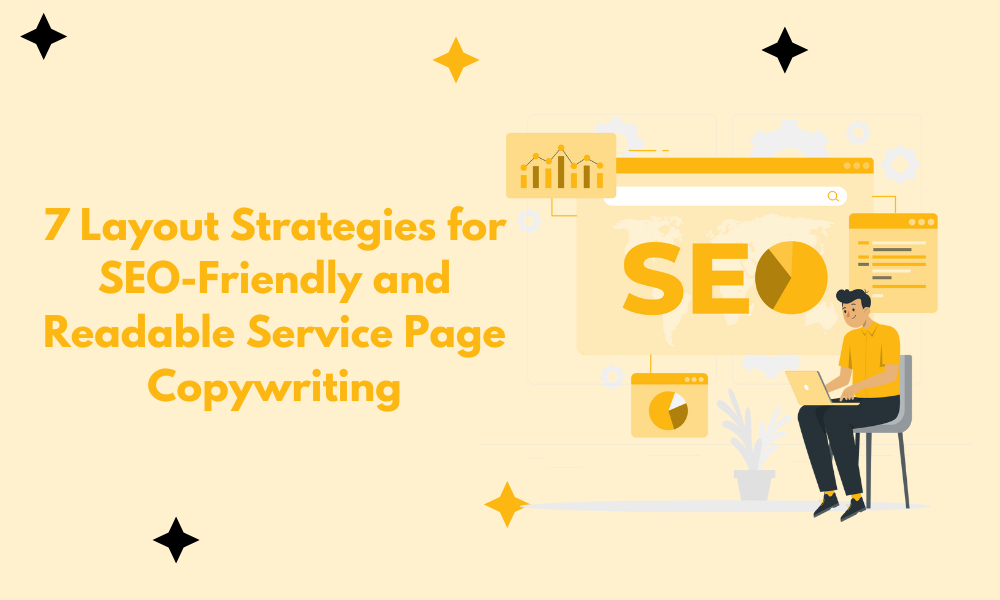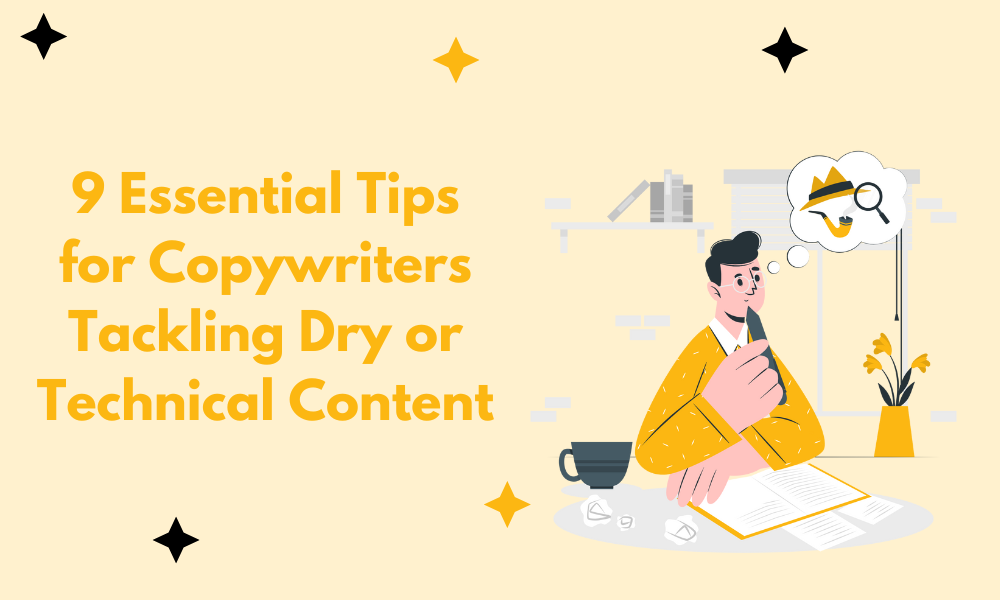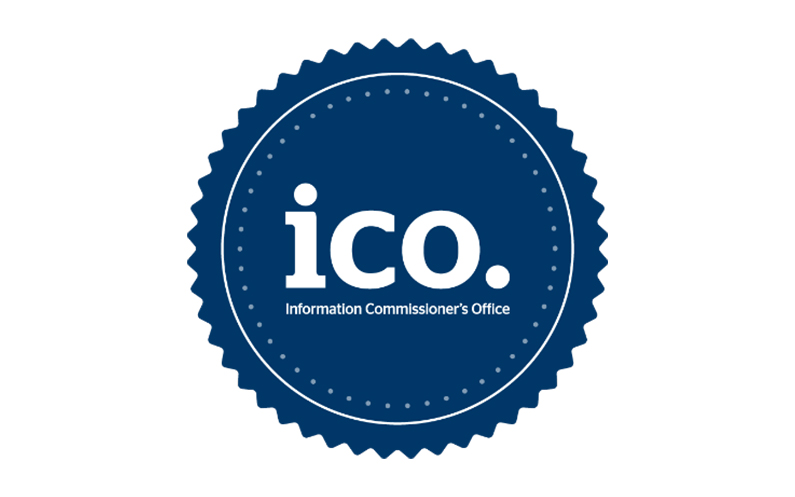If you’re ready to rev up your business’s online presence and stake your claim amidst fierce competition, the starting line is here with developing killer website content. You see, the digital world is crowded, and standing out takes more than just being present.
It demands content that doesn’t just exist but makes an impact, resonating with both your audience and the search engines. And while the phrase “content is king” may sound worn out, its relevance is still spot on when it comes to content writing for websites.
Why do we need to emphasize this?
Your website is often the first point of contact between your business and potential customers. First impressions matter. A lot. And in most cases, it’s your content that says hello.
To cut through the noise, your website content should not only meet the demands of the online world but excel beyond them. This involves a meticulous analysis of your market and a comprehensive strategy to speak directly to your customers’ needs, all while making Google happy enough to rank you on its prized first page.
Table of Contents
ToggleUnderstand Your Audience Before You Start Content Writing for Your Website
When we talk about hitting the bullseye with your marketing strategy, it boils down to one thing – knowing your audience. And not just on a surface level but really digging deep to understand what makes them tick.
In a recent survey of over 1,200 marketers, a shockingly low percentage (only 42%) said they knew basic demographics about their target audience!
A target audience isn’t some vague group you can afford to overlook. It comprises real people defined by their behaviour and detailed demographics. Consider a guy in his 30s to 50s trying to get back in shape – if you’re selling fitness programs, he’s your man.
But why zero in on a target audience? The answer is quite simple. It directs your marketing efforts where they count the most. When you know who’s most likely to benefit from your services or products, you can craft your sales and marketing strategies to speak directly to them. That’s smart business.
Think of it this way. You wouldn’t pitch winter coats to a crowd sunbathing on a beach, right? Knowing your audience is about finding your actual crowd — the ones in need of those coats as they brace for winter. You have to understand who they are, what drives their decisions, and where they spend their time, both online and offline.
If you’re offering a cutting-edge SaaS solution that simplifies file-sharing for I.T. professionals, your target audience isn’t everyone – it’s specifically I.T. directors with hefty experience in enterprise firms. Knowing this, you can tailor your message to address their biggest pain points, like the headache of manual file-sharing processes, in a way that resonates with their day-to-day experiences.
Here’s what you need to figure out:
- Their preferred method of communication (where do these people hang out online?)
- Demographic data like age, job title, location, etc
- Psychographic details such as lifestyle, personality, and behaviours
- The problems that your product or service solves for them
Remember, your target audience can be broad or niche, depending on your product. You’re casting a wide net if you sell everyday jackets. However, if it’s goose jackets designed for arctic conditions, your focus sharpens to those enduring the coldest climates or working outdoors in extreme weather.
Target Audience Types
Businesses today use audience profiling to tailor their marketing efforts. The most effective audience profiles are often built around three key types:
- Purchase Intent: This group is on the brink of making a decision. They’ve done their research, they know what they want, and they’re about to pull the trigger. Your job is to give them the gentle nudge they need.
- Interest: Here lies potential. They’re intrigued by what you offer but haven’t been sold yet. Engage them, educate them, and watch their interest bloom into purchase intent.
- Subculture: Which community do they identify with? Marketing becomes more effective when you can speak the language of specific subcultures within your broader audience.
What’s the Difference Between Target Audience and Target Market?
A target market outlines a broad group of potential customers, but your target audience hones in on the specifics. The more specific you can get, the more tailored and relevant your marketing efforts can be. If your target market is “pet owners,” your target audience might narrow it down to “dog owners aged 30-45 who live in urban areas and follow organic lifestyles.” This clarity allows you to craft messages that resonate deeply, improving your marketing effectiveness and R.O.I.
Here’s a quick tip on leveraging this knowledge:
- Define Your Target Market: Start broad. Identify the general group of consumers that might benefit from what you offer.
- Narrow Down to Your Target Audience: Get specific. Use data and research to understand the characteristics, behaviours, and needs of the subset within your target market.
Set S.M.A.R.T. Website Goals
If you want your website to work for you, you must define what “work” means from the outset. It’s tempting to think a general purpose statement for your site is enough to guide you. However, you must have specific website goals and objectives. Many businesses charge ahead without this clarity, and it’s a direct route to disappointment when their website doesn’t deliver the expected results.
Don’t fall into the trap of “build now, figure out the rest later.” Take a proactive stance and clarify what you want your website to achieve. Success isn’t a happy accident. It’s the result of careful planning and strategic goal-setting. And there’s no better way to ensure your website’s objectives are clear-cut and attainable than by applying the S.M.A.R.T. methodology.
Specific goals strip away vagueness. Clearly define what you want to achieve with your website, down to the nitty-gritty. This step eliminates confusion and sets a focused direction.
Measurable targets allow you to track progress. If you can’t measure it, how will you know if you’ve succeeded? Setting benchmarks enables constant evaluation and adjustment, ensuring you’re always on the right path.
Achievable is about being realistic. It’s great to aim high, but your goals need to be within reach, given your resources and timeline. This keeps your team motivated and avoids the discouragement that comes from chasing impossible dreams.
Relevance matters because every goal should align with your overall business objectives. If a goal doesn’t contribute to the broader vision, it’s likely a distraction rather than a step forward.
Time-bound deadlines create urgency and focus. Knowing there’s a clock ticking compels action and prevents tasks from being perpetually pushed off into the future.
Here’s a brief intro to some must-have S.M.A.R.T. website goals that could transform how your website supports your business:
| Goal Description | Timeline |
| Increase conversion rate to 7% | Within 9 months |
| Sustain a 5% conversion rate | Ongoing |
| Reach 1500 unique weekly visitors | Over 4 consecutive months |
| Achieve a 40% increase in brand lift | Continuous monitoring |
| Acquire 30 new online sales leads per month | In the first 8 months after launch |
| Grow email subscriber list by 25% year-over-year | Annually |
| Average 4 pages per visitor session | Ongoing |
What Pages Are Non-Negotiable for Your Website?
Your website is often the first point of contact with potential clients or customers. Make that first impression irreplaceable with a sitemap that ensures they find what they’re looking for effortlessly.
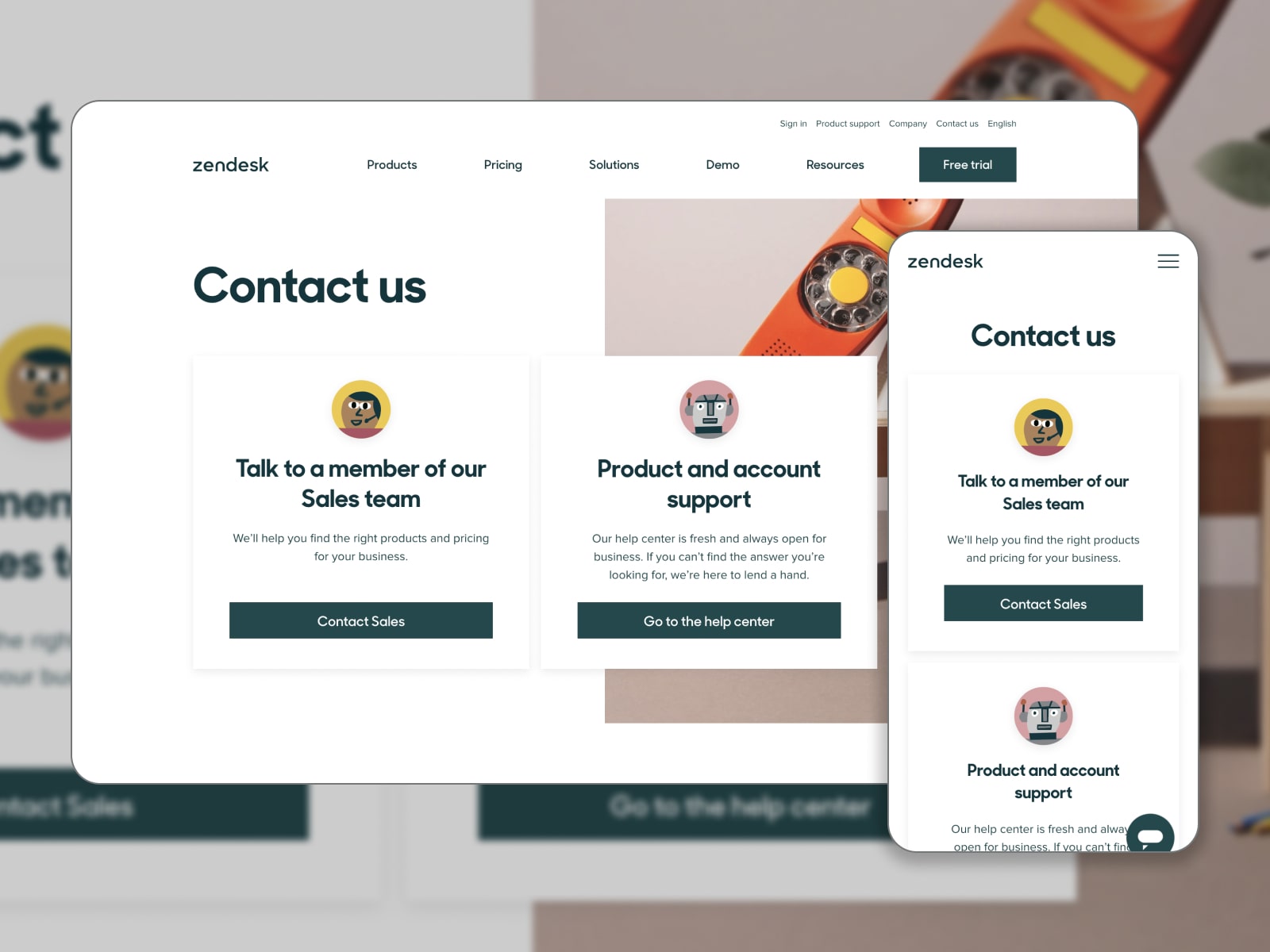
Start with a rough draft. Jot down everything that comes to mind. Next, bucket these ideas into sections and organise them in a way that feels natural.
Every website needs these four essential pages:
- Home: This is called a landing page. It’s where your visitors will get an idea about your brand.
- About Us: Here’s where you tell your story. Who are you? What drives you? It’s the heart of your digital presence.
- Our Products/Services: This is the bread and butter of your site. What can you offer to your visitors? Lay it out clearly.
- Contact Us: Make it easy for your visitors to reach out. Put your address, location map, and contact details here. You can also add customer testimonials for that extra trust boost.
SEO Essentials for Website Content Writing
In the digital space, visibility is everything. If you’re wondering why some content grabs the top spot on Google search results while others languish in obscurity, the answer is SEO content writing for websites.
SEO, or Search Engine Optimisation, writing is about creating content that lands your website on Google’s first page. It means tailoring your content with the right keywords and answering your audience’s questions so well that search engines can’t help but notice.
MGK Asia, for instance, leverages effective SEO strategies to highlight its energy-efficient solutions, ensuring its offerings, such as chillers and elevators, are easily discoverable by potential customers.
A study by Search Engine Journal in 2020 highlighted a game-changing stat: securing the first position on Google’s search results page could boost your click-through rate to an impressive 25%. That’s a quarter of all searches clicking through to your site!
If your website is not on the first page, your chances of being found organically are slim. What can you do about it? Well, I’ve outlined some straightforward SEO strategies that anyone can start implementing today.
Keyword Optimisation
Your first step is digging deep with keyword research to fish out those golden phrases – terms that are high in search volume yet low on competition. Remember, Google’s smart. Really smart. It can tell if you’re writing to engage your audience or just to please search engine spiders. So, you need to strike a balance. Your content must resonate with humans while playing nice with search engine algorithms.

Here’s where related words, or latent semantic indexing, come into play. Using terms that naturally complement your main keywords not only enriches your content but also gives Google a big thumbs up that your content is legit.
Avoid, at all costs, the trap of keyword stuffing. It’s a surefire way to make your content unreadable and penalised by search engines. In fact, even people can easily tell when they’re being fed keyword-heavy fluff versus valuable content. That’s why you should aim for a natural integration of keywords within valuable, engaging content.
Platforms like Ahrefs and Google Keyword Planner offer insights into what your audience is actively searching for and how saturated those queries might be. You can get actionable data at your fingertips.
If you’re running out of ideas, you can check your competition. There’s no shame in drawing inspiration from their keyword strategy. See what’s working for them and ask yourself how you can do it differently or better.
User Intent
When you type a query into a search engine, you’re on a mission. You could be hunting down the latest stats for a project, eyeing a new gadget to buy, or scouting for a tutorial on Italian cooking. What you’re exhibiting is user intent— the real drive behind every search query.
Recognising the types of user intent is crucial for anyone involved in SEO or content creation. Here’s a quick breakdown:
- Informational Intent: People want answers. Whether it’s a how-to guide, the best year for a classic car, or understanding quantum physics in layman’s terms, they want information.
- Navigational Intent: This is when someone knows exactly where they want to go. They type in a brand or website because they’re already aiming for that digital destination.
- Transactional Intent: Here, users are on the verge of action. If your website sells products or services, clear, persuasive content optimised for transactional intent can guide these ready-to-act users straight to your checkout.
- Commercial Intent: Consider this the research phase. Users are comparing, contrasting, and deep-diving into reviews and specifications. They’re not quite ready to buy but are gearing up for that decision.
Historical Optimisation
Your job isn’t done when the blog post goes live. Staying ahead means your website content strategy needs to evolve. Historical optimisation ensures your older content doesn’t just sit there but continues to drive traffic and engage readers by staying fresh and relevant.
You can start with a content audit. Dig through your archives to identify those hidden blogs that aren’t getting the spotlight they deserve anymore. Look for posts that have seen better days in terms of traffic or those that could benefit from an update due to changes in your industry.
Next, update statistics, inject fresh insights, or re-optimize for those keywords that are now more relevant than when you first hit publish. If you’re short on time, you can hire a website content writer for this task. Not only does this process breathe new life into your content, but it also signals to search engines that you’re committed to providing value.
Readability
No matter how keyword-rich or link-laden your content is, if it’s not reader-friendly, you may not be able to convert website visitors. The digital space is mainly about user experience.
You have to break up your text with headings, make it easy to scan, and ditch the complicated language for something a bit more relatable. In other words, write as if you’re explaining the concept to a friend using clear, concise language devoid of that dreaded jargon that makes eyes glaze over.
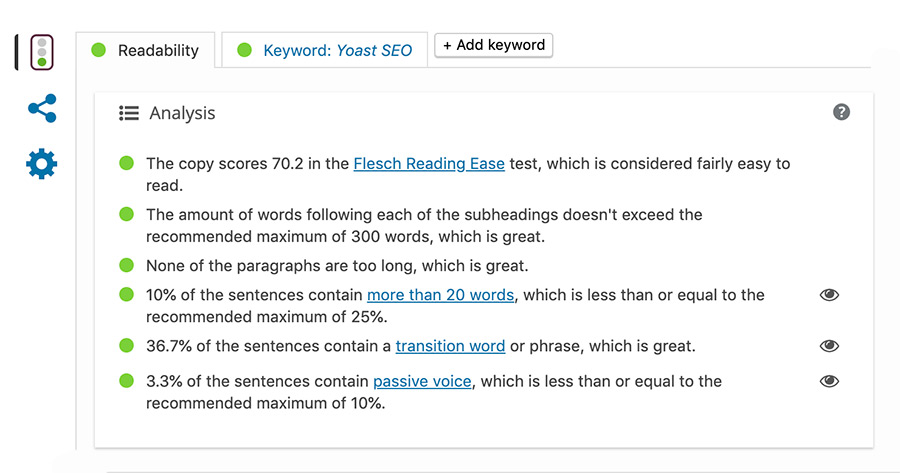
Most people now use A.I. software to generate generic content. Standing out means getting specific, detailed, and, above all, reader-centric. Longer content doesn’t necessarily scare readers away. In fact, the sweet spot for a first-page Google result is around 1,447 words. Detailed content also gives you space to provide value and improve website engagement.
6 Proven Blog Content Writing Tips
Integrating a blog into your website is a strategic move to establish your site’s credibility and authority. Google loves it when websites consistently share valuable content, reinforcing the site as a reputable source of information.
Say your website is about sustainable living. By sharing insightful posts on the best eco-friendly practices or the latest in sustainable technology, you not only attract website visitors interested in living green but also bolster your site’s reputation as a go-to resource.
Here’s a simple guide that can make your blog posts stand out, ensuring they’re not just read but enjoyed and shared:
Make an Outline
Creating an outline does two major things for your content quality. First, it gets all your ideas out and arranged in a logical order. This isn’t about writing on the fly. It’s important to have a clear roadmap from start to finish.
Secondly, an outline almost always leads to your content having a solid structure. It’s like getting a bird’s-eye view of your piece before you even start writing. From this vantage point, you can ensure your final draft checks all the boxes you intended to from the beginning.
And there’s a bonus. Since you planned everything upfront, your finished piece will comprehensively cover all the main points you aimed to address.
Choose a Compelling Angle
With around 2.3 million blog posts hitting the internet daily, your content needs more than just high-quality writing to capture attention – it needs an angle. For example, entrepreneurs love to hear about unorthodox marketing tactics that led to success, while small business owners might be drawn to case studies of businesses that thrived during tough economic times using innovative strategies.
Consider the health and fitness niche. It’s a domain where every other post is trying to sell the dream of a perfect body with minimal effort. An interesting angle here could be focusing on mental health aspects of physical fitness, connecting dots that others overlook.
Or take tech startups as an example. It’s another niche crowded with ‘the next big thing.’ An engaging angle could be to spotlight the failures behind success stories, offering a raw, unfiltered look at what it takes to make it.
Relevance is key; don’t swing for uniqueness and miss the mark on what your audience truly cares about. There’s a fine line between standing out and standing irrelevant.
Engage & Entertain Your Reader
Engagement starts with your first sentence. To keep your readers from wandering off to the next tab, mix up your sentence lengths. Use short sentences to drive a point home and longer ones to elaborate. Remember, even a topic as mundane as content creation or as exciting as the latest tech innovation needs to resonate emotionally with your audience.
What truly counts is how you tell the story. If you’re talking about something that’s easy to visualise, like design trends or the latest gadgets, make your content interactive with relevant visuals or screenshots. They can illuminate your point clearer than paragraphs of text.
Regardless of your niche, the ability to entertain is invaluable. Engaging content isn’t just informative; it’s enjoyable to read. This doesn’t mean every post needs to be laugh-out-loud funny, but it should always aim to leave your readers with more than they came for—that could be knowledge, insight, or even just a smile.
Write Actionable Blog Posts
Content that moves people is content that moves mountains (or at least market shares). In today’s content-saturated market, it’s not enough for your blog to simply entertain or inform. It needs to be super useful. But what does that look like in practice?
- Break it down into steps. Most content recycles the same ideas without giving them any structure. Transforming your advice into a step-by-step process will set your content apart and make it massively more actionable for your audience.
- Use real examples. Theories and abstract concepts might sound smart, but examples anchor your content in reality. They demonstrate exactly how your advice can be applied, making your content a valuable tool rather than just another article to skim.
- Keep it current. An outdated fact or reference can undermine your entire piece. Regularly revisiting and refreshing your content ensures it remains relevant and continues to provide value over time.
Build Trust With Your Content
Building trust is the foundation of any successful content marketing strategy. And while a sleek design can catch the eye, it’s the quality of your writing that will keep people engaged and encourage them to share and link to your content.
Here’s how you can make your content not just seen but trusted:
- Use proper grammar: It sounds basic because it is. But you’d be surprised how many writers skip this step. Nobody trusts a message full of typos or grammatical errors. Tools like Hemingway Editor or Grammarly can ensure your content is grammatically sound.
- Research, then research some more. Infuse your content with stats and references. It shows you’re not just pulling ideas out of thin air. Every time I pen down a guide, I stack it with research to back my claims. Solid data equals solid trust.
- Speak from experience: There’s nothing more compelling than content created from firsthand experience. Many people outsource their website content creation tasks, which often results in generic copy. That’s why you should speak from your own experience so your content can make an impact.
Craft Attention-Grabbing Blog Headlines and Introductions
Most website visitors decide within 15 seconds if they’ll stay or go. That means the pressure’s on from the word go. You have to make those seconds count. If you want your blog post to stick, the battle is won or lost at the headline and introduction.
A study digging into 900 million articles showed headlines having 14-17 words hit the mark for shares. Size does matter here because precision drives impact. This length gives you room to pique curiosity without overloading.
Heads up: emotions sell. A headline that stirs feelings is a magnet for readers. Use this free tool to gauge the Emotional Marketing Value score of your title and make changes if necessary.
Your reader is here for a good time, not a long time. So, don’t test your reader’s patience with a lengthy introduction. Give them a glimpse of the value they’ll extract by investing their time in your content.
5 Stages of the Customer Buying Cycle
Unlike the traditional buying cycle, the online buying cycle plays out entirely on digital platforms. Understanding your customer’s path, from recognising a need to making a purchase, can transform how you do business. Here’s a breakdown of the customer buying cycle and how you can make each stage work to your advantage.
- Awareness: This stage kickstarts the cycle when potential customers identify a need. You must place your solution right where they can find it. Let’s suppose someone’s looking to reduce their plastic footprint, and he stumbles upon your eco-friendly water filter ad. That’s awareness in action.
- Consideration: Now, they know you exist and what you’re offering. They’re eyeballing their options, yours included. This is your golden chance to prove why your product is the top pick. What makes your water filter a hero product? Is it the promise of cleaner water, the savings, or the health benefits?
- Intent: Customers are looking for reasons to choose you. Give them real stories from satisfied customers, highlight the undeniable benefits of your offering, and use engaging content to make your case. You have to build confidence in your product.
- Purchase: They’re ready to buy, but the deal’s not done yet. Make the purchasing process as smooth and transparent as possible. Pricing, ease of purchase, and customer support can make or break the deal here.
- Post-purchase: There’s the aftercare part. You should interact with your customers and ask them to leave a review.
Generate Targeted Content for Each Stage of the Buying Cycle
Understanding the buying cycle is important for anyone looking to monetise a product or service through their website. You need to understand what your potential customers are looking for at each step. The trick lies in decoding search queries.
Each query reveals the stage of the buyer’s journey:
- A general term like “running shoes” likely comes from someone in the Awareness or Consideration phase.
- A comparative search, such as “best running shoes for marathons,” shows a shopper is in the Consideration or Preference stage. They’re weighing their options more critically.
- Specific product searches, like “Nike Air Zoom Pegasus 38,” suggest the buyer is closing in on the Purchase phase.
Now, how do you use this insight to your advantage?
- For the Awareness and Consideration stages: Create content that answers broad questions. Someone looking up “running shoes” might appreciate a beginner’s guide to selecting the right pair. You should answer their initial questions and gently nudge them towards considering your product as a solution.
- When targeting the Preference/Intent stage: Share customer experiences that demonstrate tangible benefits (e.g., “These shoes helped me improve my running time!”). You can also include detailed comparisons and brand stories that resonate with your audience.
- For the Purchase stage: This is where you can get more direct. Use P.P.C. ads that offer strong calls to action, making it irresistible for the buyer not to click through and FINALLY make that purchase. Exclusive deals and limited-time offers work well at this stage.
- Post-Purchase: The communication shouldn’t end at the checkout. Engage them with newsletters filled with useful content, be it maintenance tips for their new running shoes or how to choose accessories. Keep your brand in their minds and hearts for when it’s time to shop again.
Here’s a table that summarises the above points:
| Stage | Key Focus | Objective |
| Awareness | Search engine marketing (SEM), including PPC and SEO | Get discovered through search engines |
| Consideration | Keyword-tailored landing pages, comparison charts | Stand out from the competition |
| Preference/Intent | Effective product descriptions, branding | Convince the customer, gather their contact info |
| Purchase | Offer coupons and discounts via PPC ads, emails, and social media | Close the sale with offers |
| Re-purchase | Engage through emails, social media, and personal outreach | Encourage repeat purchases and loyalty |
Freelance Writing Tips
- Make an Outline
- Choose a Compelling Angle
- Engage & Entertain Your Reader
- Write Actionable Blog Posts
- Build Trust With Your Content
- Craft Attention-Grabbing Blog Headlines and Introductions
- Write for Humans
One of the most important freelance writing tips for beginners is to write for humans. Remember, you are writing to communicate, not to impress, and it’s not an exam. You have to convey your thoughts in the simplest possible words so the readers can understand and connect with your content. Be direct, engaging, and helpful. Be friendly, but don’t go overboard with your tone. Keep it fun but professional. Keep your brand’s voice in mind, always.
Write with purpose and make sure your content answers the questions of your readers or solves their problems. Keep it light and simple. Don’t throw in technical jargon. Jargon confuses many of your readers. Never forget that your readers could be anyone from any background—from anyone with an advanced degree to anyone who hasn’t ever been to high school. You have to write in such a way that everyone, from any background, can read your content, relate to it and understand it easily.
Final Words
If you’ve been pouring your heart into your brand but can’t seem to unlock the full potential of your online presence, it’s time to reevaluate content writing for your websites. The goal is simple yet profound – connect deeply with your visitors and guide them effortlessly from the moment they land on your site to the decisive action you want them to take.
While keywords are vital, weaving them naturally into content that brings value to your readers is key. No one enjoys reading a list of keywords disguised as an article!

